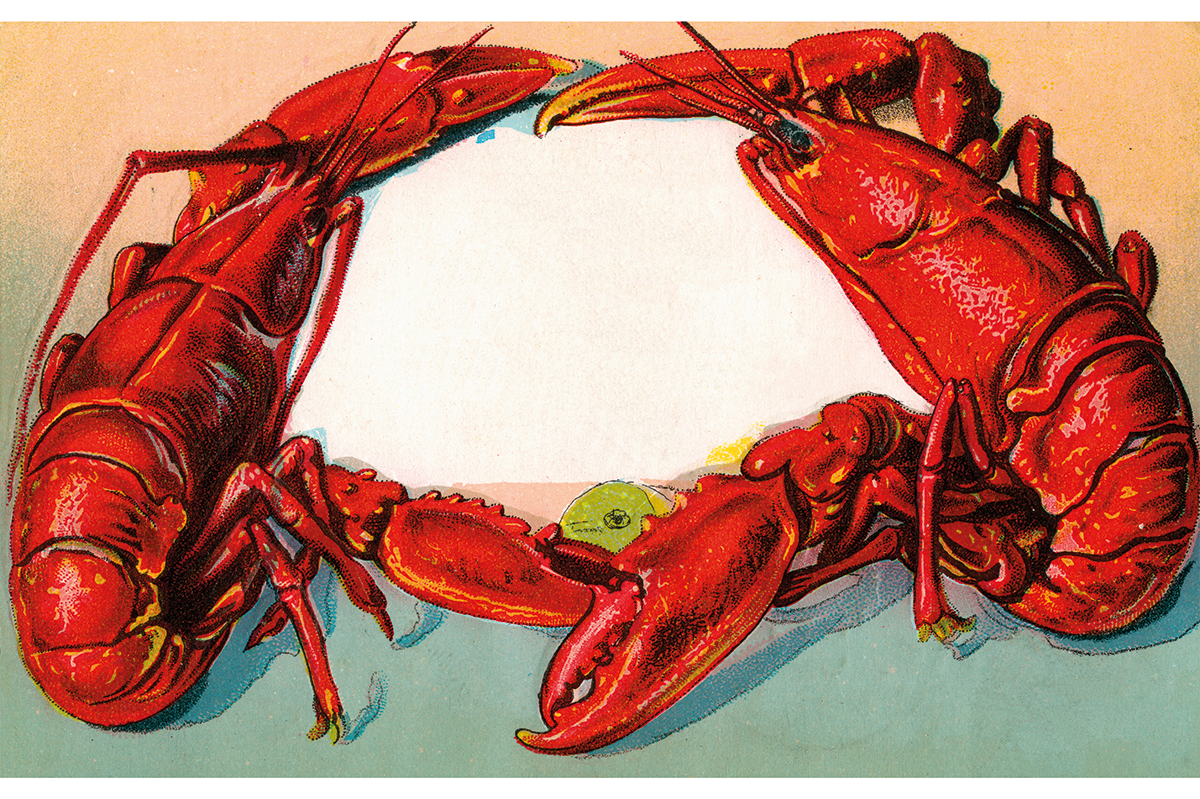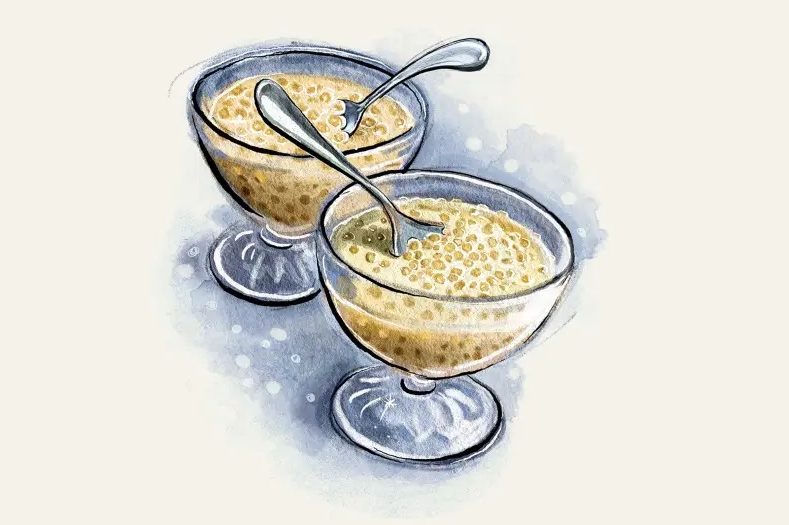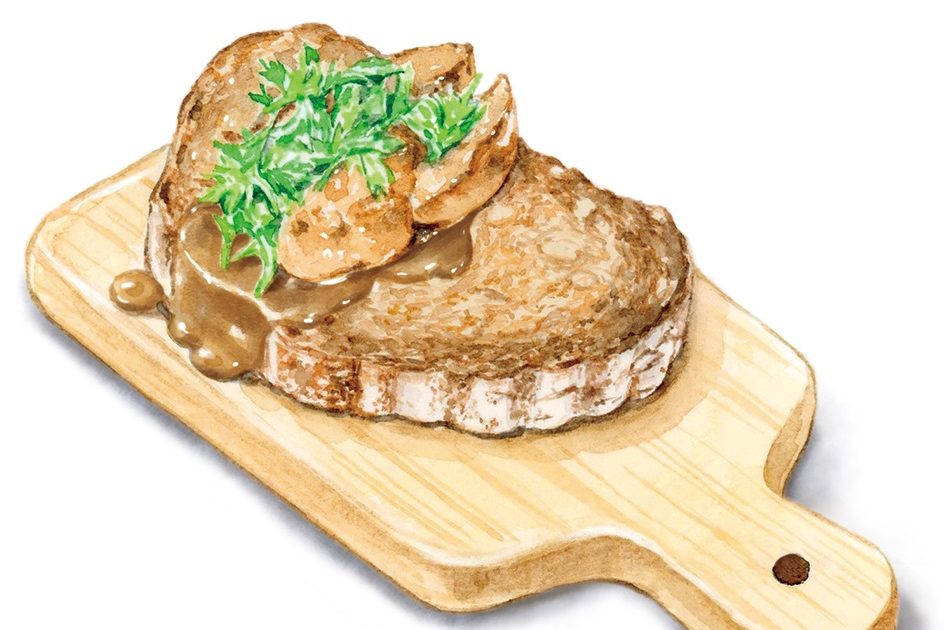The flavors of Christmas have changed a bit lately, haven’t they? If you wander around supermarkets right now, you’ll find peach bellini panettone, tiramisu mince pies, turkey gravy-flavored chips and Black Forest stollen. Even the British classic Terry’s Chocolate Orange comes in a mint version this year. In England you could argue that Walkers crisps are standing up for tradition by selling a Christmas pudding flavor, but that might be pushing it.
I’m all for innovation, but it does rather make me long for the traditional tastes of Christmas. I love peach bellini, tiramisu and Black Forest gâteau — but I can enjoy these flavors at any time. The spice and warmth and booze that are prerequisites for our usual Christmas fare are really reserved for December. That’s not to say that you can’t get hold of them all year round, but it wouldn’t feel right eating a mince pie in July, or stollen in September. And while I’d happily have a ginger nut at any time, traditional gingerbread is a Christmas-only treat.
Simplicity is part of their charm: I have a soft spot for gingerbread men with Smarties down their fronts
Gingerbread is one of our oldest biscuits, dating back to at least the 1500s, but we were still relative latecomers in the gingerbread game. The very first recipe for gingerbread is from Ancient Greece in 2400 BC; the Chinese started making it in the tenth century AD, and we finally caught up by the late medieval period.
Spices were expensive then, so using them, especially in combination, was a way of demonstrating wealth — although, as food historian Sam Bilton points out, early gingerbread recipes didn’t actually contain any ginger at all. Saffron, pepper, cinnamon and clove, sure — but no ginger. Ginger came later, accompanied by treacle rather than honey, and the breadcrumbs found in the early recipes were replaced with flour, which meant that they baked up firmer.
The biscuits were often made in moulds, the designs changing with the seasons; sometimes animals, sometimes flowers, sometimes monarchs — and were a mainstay of European fairs, becoming such an integral part of them that they became known as “gingerbread fairs” and the biscuits “fairings.”
Baking them in human form goes back nearly as far as the biscuits themselves: the first documented gingerbread man was at the court of Elizabeth I. Her gingerbread men were designed to look like specific courtiers, which is rather more skillful than those we make today (or certainly than the ones that come out of my kitchen).
It was gingerbread houses — popular in Germany between the sixteenth and eighteenth centuries — which made gingerbread synonymous with Christmas, rather than an all-year-round treat. Now, like fir trees, bells and reindeer, the silhouette of a gingerbread man has become a shorthand for the festive season — and if you see a stubby little Morph-style, man-shaped biscuit, you are in no doubt as to the flavor. Their lack of distinctive features is their distinctive feature. And that simplicity is part of their charm: I have a soft spot for gingerbread men with Smarties dotted down their fronts or along their skirtlines.
If you’re looking for a more elegant solution than a stout little man without fingers or toes, then boiled sweets are your friend. Sprinkling smashed-up boiled sweets into the gaps and recesses in your gingerbread means that, when the biscuits bake, the sweets melt and form smooth, multi-colored panes that harden as the biscuits cool. While raw or just baked, you can pierce a hole through the top of the biscuit and, when cold, thread ribbon or string through to create edible ornaments, which will catch the light as they dangle.
My gingerbread is truly spicy — this is Christmas after all — baking flat, and with very little spreading. It’s robust enough to survive the festive season, whether you use it to decorate your tree or erect a gingerbread palace, but sufficiently toothsome that it’s also (crucially) a delight to eat.
Makes 20-40, depending on size
Takes 20 minutes, plus chilling
Bakes 8-10 minutes
Gingerbread
- 1 ¾ cup plain flour, plus extra for dusting
- 1 tsp salt
- 1 tsp ground ginger
- 2 tsp ground cinnamon
- ¼ tsp ground mixed spice
- ¾ dark brown sugar
- 6 tsp butter
- ½ cup golden syrup
- 1 egg
- 1 tsp treacle
Optional decoration
- Icing sugar
- Boiled sweets
- Smarties or Jelly Tots
- Whisk the flour, salt and spices together in a large mixing bowl
- In a separate bowl, rub the brown sugar through your fingers to remove lumps (this prevents brown sticky spots in the finished biscuits). Cream together the butter and sugar until they are notably paler than before. Add the egg, and mix it thoroughly into the creamed butter and sugar
- Fold the syrup and treacle through the mix, followed by the dry ingredients, until it all comes together as a dough. Wrap in plastic wrap and refrigerate for at least an hour
- Preheat the oven to 390°F/350°F fan. Dust a work surface, unwrap the dough and roll it out to the thickness of a pound coin. Stamp out using cutters, and transfer gently to a lined baking tray. If you’re using boiled sweets, smash them up in a spice grinder or pestle and mortar and sprinkle them into the negative spaces of your design
- Bake for 8-10 minutes, until the biscuits are slightly colored but not browned, and still a little soft. Allow to cool completely before trying to move them
- If you’re decorating with icing or making gingerbread men: stir together icing sugar with a small splash of water until you have a pipeable consistency. Use it to decorate or to stick sweets to your heart’s content
This article was originally published in The Spectator’s UK magazine. Subscribe to the World edition here.


























Leave a Reply